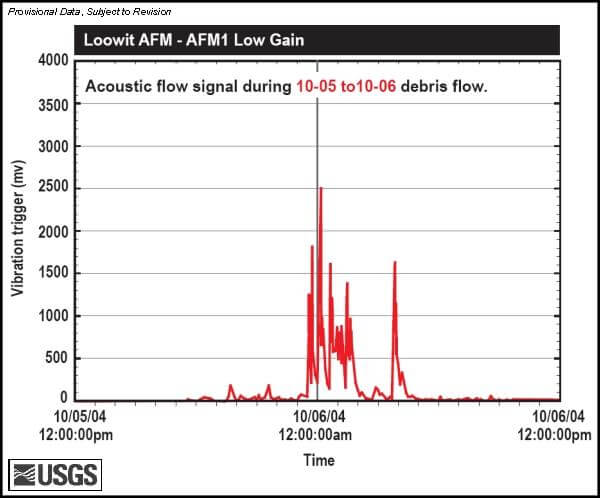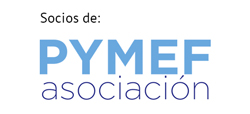DISASTERS ARE NOT NATURAL, they are socially built, due to lack of preparation, prevention, mitigation work, education and monitoring. They are natural risks or hazards that impact vulnerable societies. Knowledge help reducing social and structural vulnerability in order to have more resilient societies!
The dangerousness of lahars
Scientists who monitor volcanoes face the critical challenge of detecting a lahar. The lahar is an avalanche of volcanic sediments that devalues everything in its path. monitor the arrival and passage of debris flows and floods in river valleys draining active volcanoes.
Lahars can occur due to:
1-Periods of heavy rainfall, not necessarily coinciding with periods of volcanic activity. As occurred after the eruption of the Pinatubo volcano on Luzon Island, Philippines, in 1991.
2-Glacier melt in the upper parts of a volcano during volcanic activity. What happened at the Nevado del Ruíz volcano, Colombia, in 1985;
3-Emptying of a lake hosted at the summit of a volcano. Increasing risk at Pinatubo.
4-Slope collapse due to prolonged hydro-thermal disturbance or earthquake. As in the case of the Caribbean island of Monserrat.
Unlike debris avalanches, lahars are wet deposits where water influences both the genesis and the transport of the removed mass.

Scientists maintain an Acoustic Flow Monitor (AMF) at Mount St. Helens, Washington. It detects ground movement associated with lahars.

Search
VOLCANO ACTIVE FOUNDATION
VOLCANO ACTIVE FOUNDATION RESPONSABILITY
nº 2195 authorised by the Madrid's Minister of Justice
NIF G67314625
SF Abocados Francesc Macia 7 pl17
08029 Barcelona, Spain



